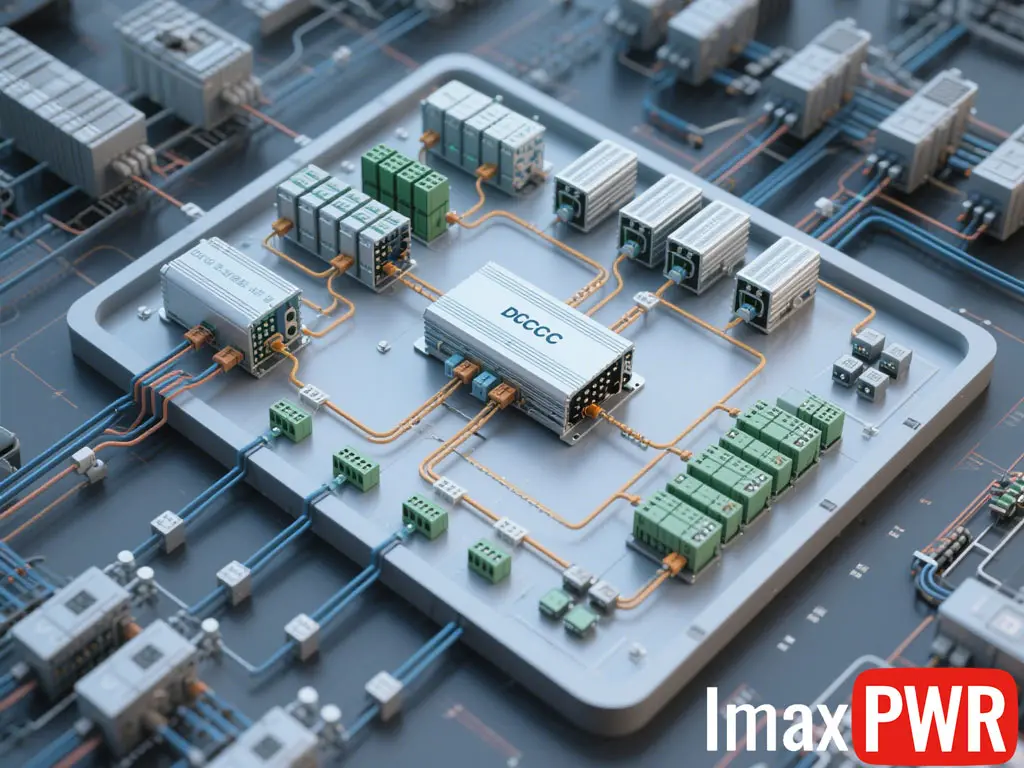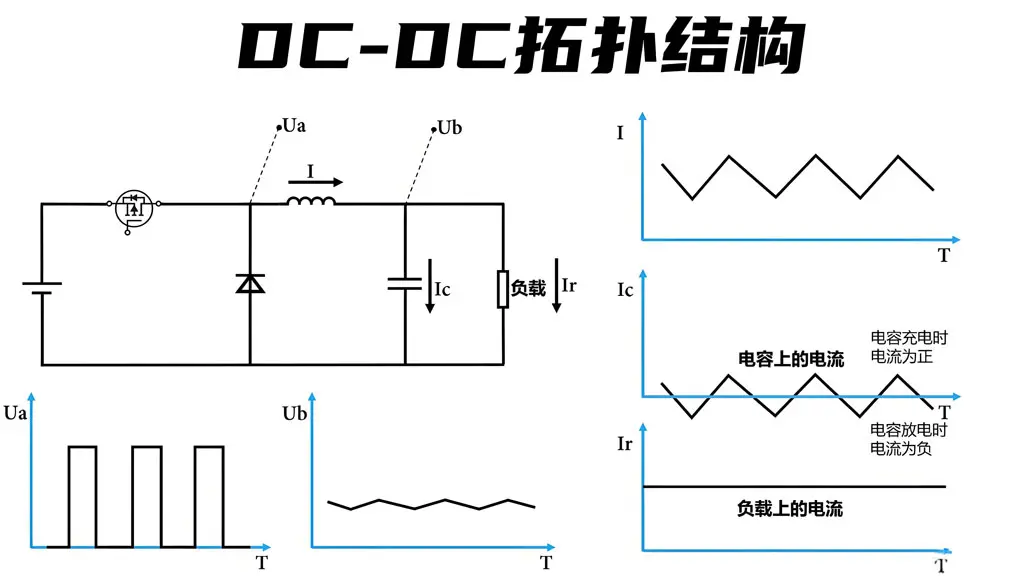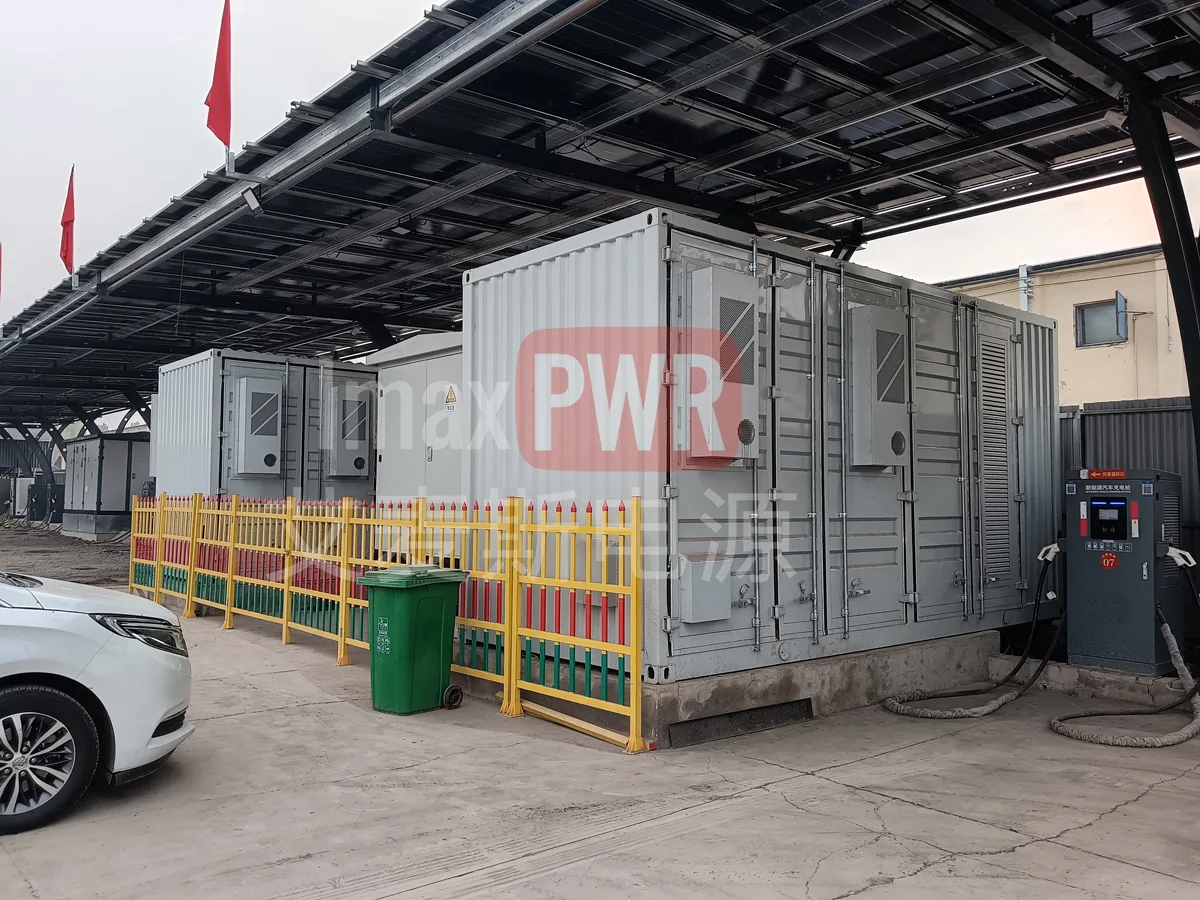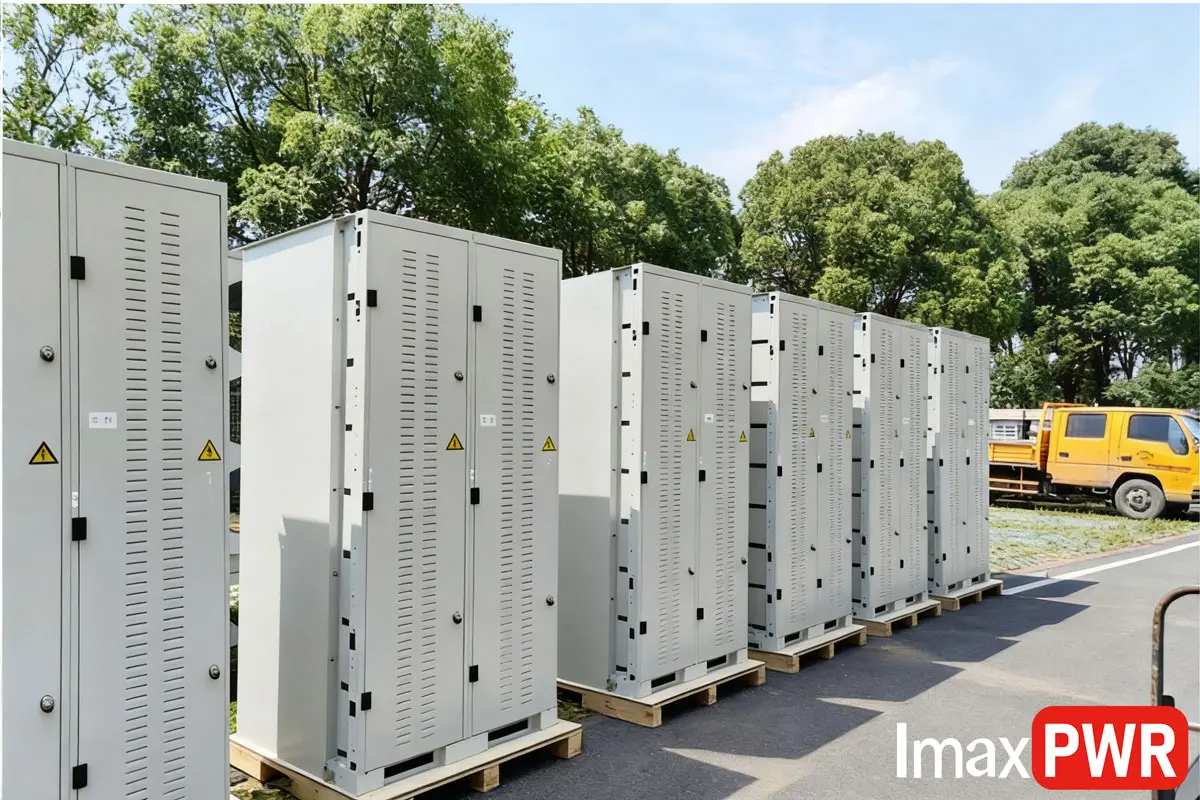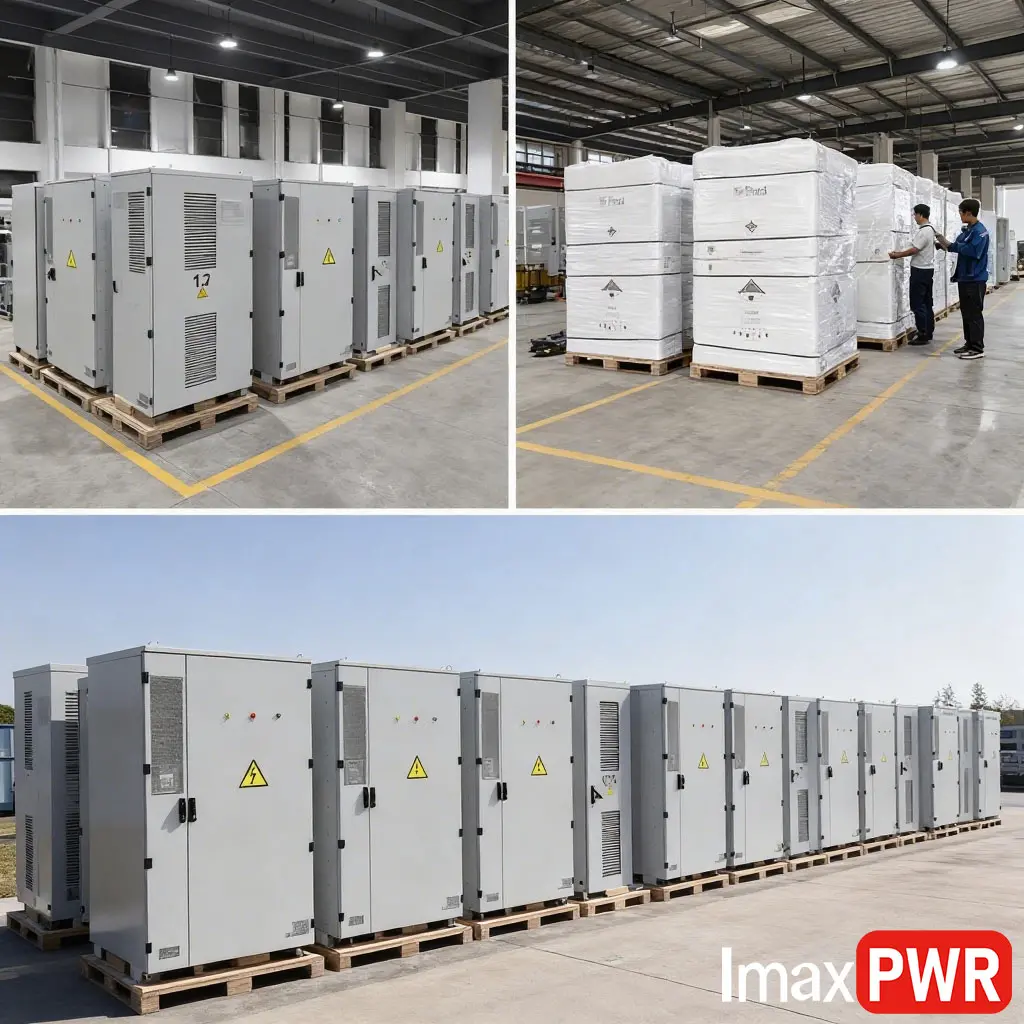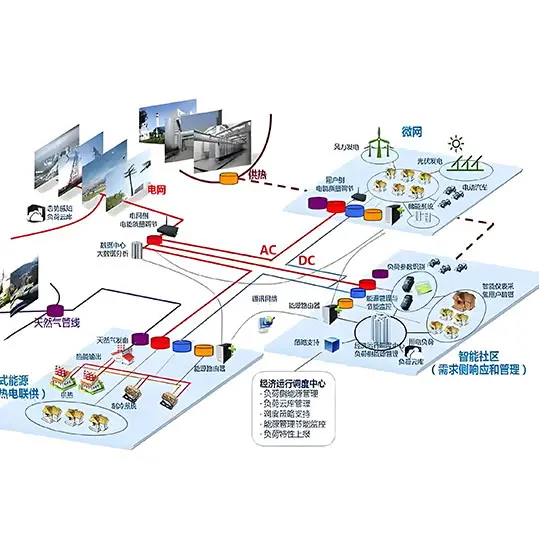The Vital Role of Bidirectional DC-DC Converters in Energy Storage Systems
A Bidirectional DC-DC Converter is indispensable in energy storage systems, facilitating seamless energy transfer between storage batteries and other devices like the grid, loads, or inverters. It enables efficient energy conversion across different voltage levels, supporting both charging and discharging operations.
Working Principle
Bidirectional Conversion
The hallmark of a DC-DC bidirectional converter lies in its two-way energy conversion capability. It transforms DC energy from the storage battery into the voltage and current required by the load. Conversely, it converts DC voltage from external sources into a suitable level for battery charging.
Charging Mode
During battery charging, the converter transforms energy from external sources (e.g., solar panels, wind power, or the grid) into the appropriate voltage and current for efficient battery charging.
Discharge Mode
When the battery supplies energy to the load, the converter converts the stored DC energy into the voltage demanded by the load or other devices.
Energy Transfer
The converter regulates energy flow by controlling switching components (MOSFETs or IGBTs) and adjusting Pulse Width Modulation (PWM) techniques. Its key function is to adjust energy flow direction as needed for efficient conversion.
Voltage and Current Regulation
Given the varying battery voltages during charging (increase) and discharging (decrease), the converter continuously adjusts output voltage. This ensures the battery’s charging and discharging processes remain within safe voltage ranges, extending battery life.
Applications
Battery Energy Storage Systems (BESS)
In BESS, the DC-DC bidirectional converter manages battery charging and discharging, ensuring optimal energy transfer under diverse conditions. It enables flexible connections to power sources or loads with different voltage levels.
Renewable Energy Systems
For solar, wind, and other renewable energy systems, the converter transforms DC power from solar panels into a voltage suitable for battery charging. It also converts stored battery energy to supply the grid or load.
Microgrids
In microgrids, the converter connects the battery bank and the grid. It allows the system to draw energy from the grid when needed or feed stored energy back into the grid.
Electric Vehicle (EV) Charging Stations
EV charging stations utilize a DC-DC bidirectional converter to provide stable current and voltage during EV charging. It also enables vehicle-to-grid (V2G) power transfer by allowing the vehicle to discharge its battery back to the grid.
Advantages
High Efficiency
The converter minimizes energy loss through precise voltage and current control, ensuring efficient energy transfer.
Flexibility
It supports smooth switching between charging and discharging modes, offering more adaptable energy storage management.
Battery Life Protection
By maintaining voltage and current within the battery’s safe operating range during charging and discharging, the converter extends battery lifespan.
Conclusion
The DC-DC bidirectional converter plays a pivotal role in energy storage systems, ensuring efficient energy transfer and precise control over charging and discharging processes. Whether applied in renewable energy storage, battery energy storage systems, or electric vehicle energy management, it offers a flexible and reliable solution for modern energy storage technologies.
Keywords: Bidirectional DC-DC Converter, Energy Storage Systems, Renewable Energy, Battery Management, Electric Vehicle Charging

